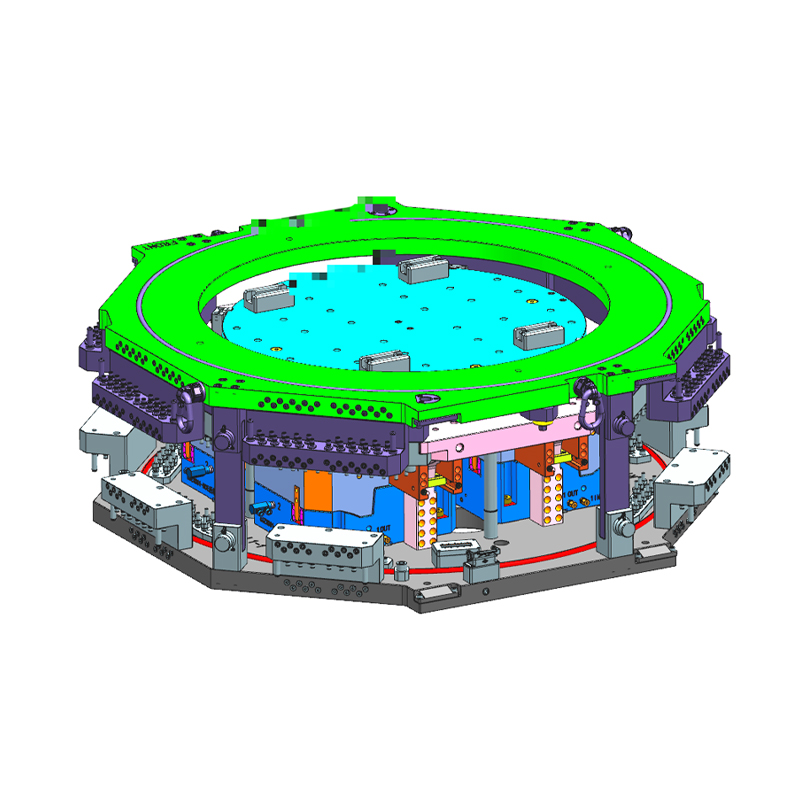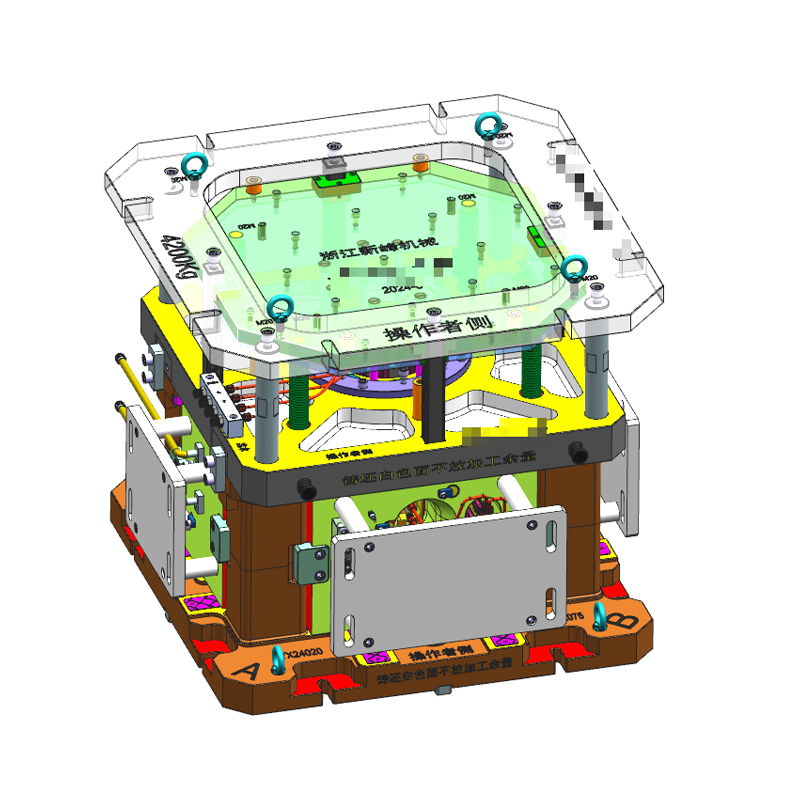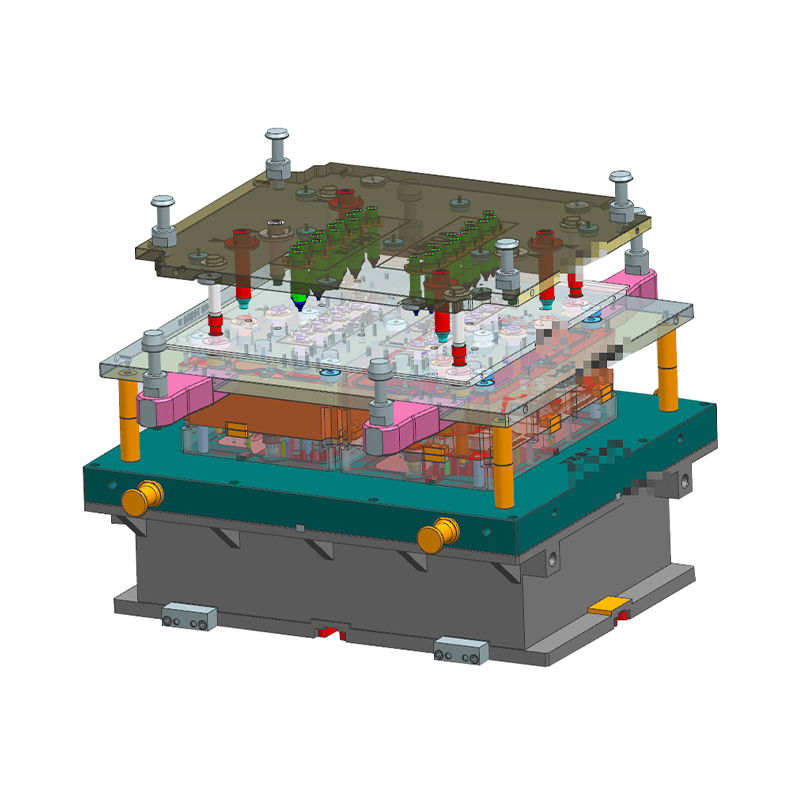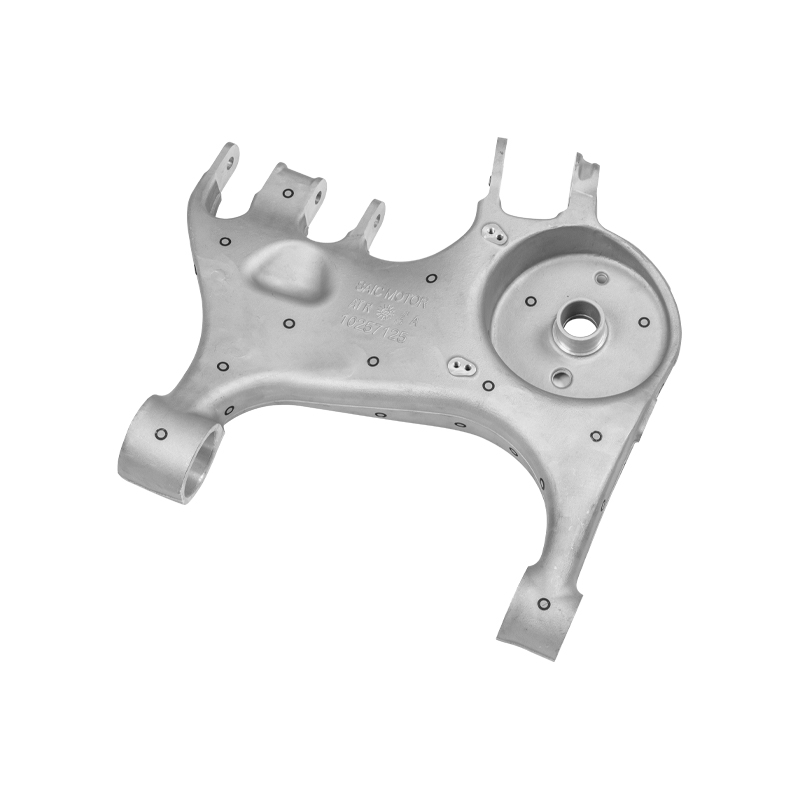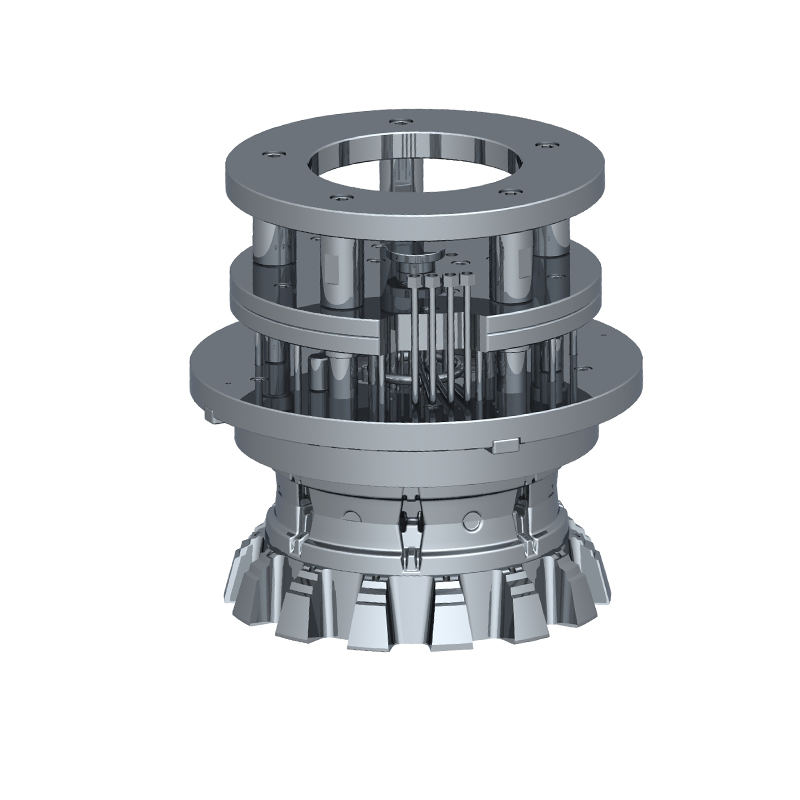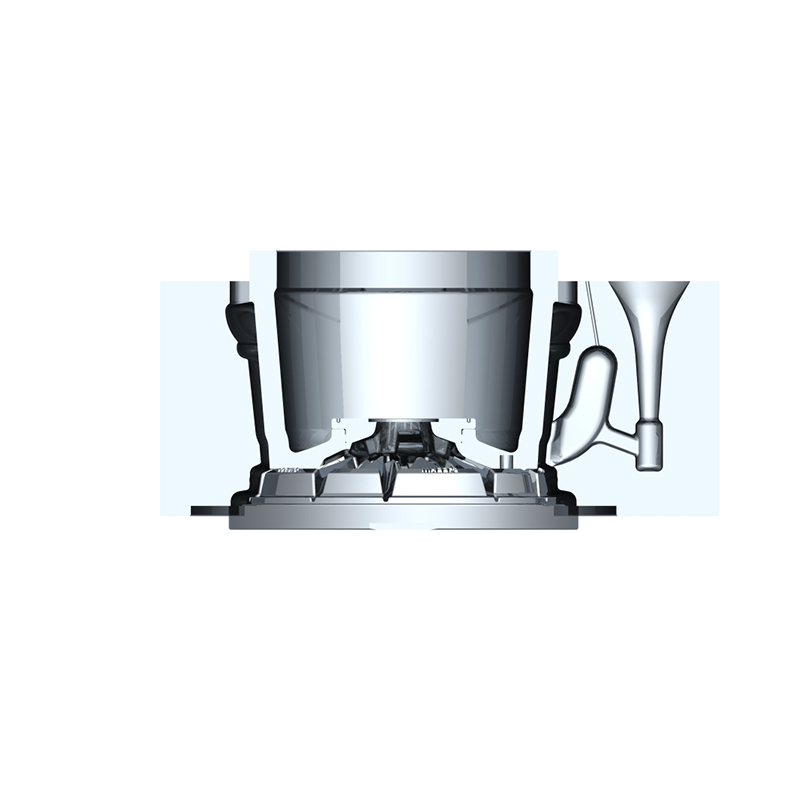We offer molds for diverse industries, including automotive, military, and construction, enabling global competitiveness through innovation and expertise.
Why High-Quality Wheel Hub Molds Matter for Motorcycle Performance
In the field of motorcycle performance, many people first focus on engine horsepower, suspension system or tire grip. One of the key components that truly determines the stability and safety of the entire vehicle is often overlooked: the wheel hub. The core link in its manufacturing process is the wheel hub casting mold. High-quality wheel hub molds not only affect production efficiency, but also directly determine the performance, safety and service life of the motorcycle on the road.
1. Precision Equals Performance
High-quality molds have extremely high dimensional accuracy, which can ensure that the specifications and geometric dimensions of each wheel product are within a very small error range. The following are the specific effects:
Perfect match with bearings and brake systems: High mold precision ensures that the wheel hole position, fixing points and other mechanical components are accurately matched, reducing installation stress and early damage.
Improving dynamic balance: Good mold consistency and uniform weight distribution of castings can effectively reduce vibration during riding, thereby improving stability.
Enhanced steering sensitivity and control: Accurate wheel manufacturing can reduce wheel set deflection, making the motorcycle more linear and responsive in high-speed corners.
For example, if the wheel of a racing motorcycle has a deviation of 0.5 mm, it may cause tire shaking, brake deflection and even vehicle loss of control when running at high speed.
2. Mold quality determines structural safety (Durability and Safety)
As the core structural component connecting the frame and the tire, the wheel hub is subjected to multi-dimensional forces such as acceleration, braking, and roll. Poor mold quality often brings the following risks:
Porosity and inclusion problems: Low-quality molds have uneven cooling or poor exhaust design, which can easily cause internal defects in castings and affect strength.
Uneven wall thickness: Structural stress concentration may cause cracks or fractures after long-term use, posing serious safety hazards.
Excessive dimensional tolerance: Affects the concentricity and stability of the wheel hub, and in severe cases may cause eccentric wear or high-speed vibration of the tire.
High-quality molds use CNC machining and simulation design to accurately control the flow path and cooling rate of molten metal, forming dense and defect-free castings and improving structural reliability.
3. Improved Manufacturing Efficiency and Reduced Overall Costs
In modern manufacturing, mold quality not only affects the product itself, but also has a more profound impact on the entire production chain:
Reduce defective rate: High-precision molds greatly reduce casting defects such as pores and cold shuts, and have a higher yield rate.
Extend mold service life: High-quality materials and heat treatment processes significantly increase mold life and reduce replacement frequency and downtime.
Improve production cycle: Optimize cooling efficiency and scientific mold design, which can complete the casting cycle faster and increase unit output.
For example, a set of high-end molds can save up to 20% of operating costs and achieve higher consistency in mass production compared with ordinary molds.
4. Support advanced alloy material casting (Compatibility with Advanced Alloys)
As the industry develops towards lightweight and high strength, traditional molds can no longer meet the complex needs of modern materials. High-quality mold support:
Lightweight materials such as magnesium alloys and titanium alloys: These materials have higher requirements for mold temperature control, exhaust system, and flow path.
Complex geometric design: Multi-spoke structure, hollow design or rib arrangement, only high-quality molds can accurately present in casting.
Thin-wall casting technology: In improving lightweight while maintaining strength, the cooling system design and cavity finish of the mold play a decisive role.
This material compatibility enables manufacturers to produce more advanced and more market-competitive products.
5. Directly improve the overall riding experience (Enhancing Overall Riding Experience)
From the perspective of consumers, the improvement of mold quality can also significantly improve the daily riding experience:
Smoother driving experience: High-consistency wheel products reduce vibration and resonance, making riding quieter and more comfortable.
Higher fuel efficiency: Lightweight, high-concentricity wheels can reduce rolling resistance.
Better braking performance: Reduced installation errors, closer matching of brake discs and wheels, and improved braking response.
Extended vehicle service life: parts are evenly stressed, and bearings, suspensions and other structures wear less.
High-quality molds not only improve product functions, but also invisibly improve brand image and user satisfaction.

 English
English 中文简体
中文简体